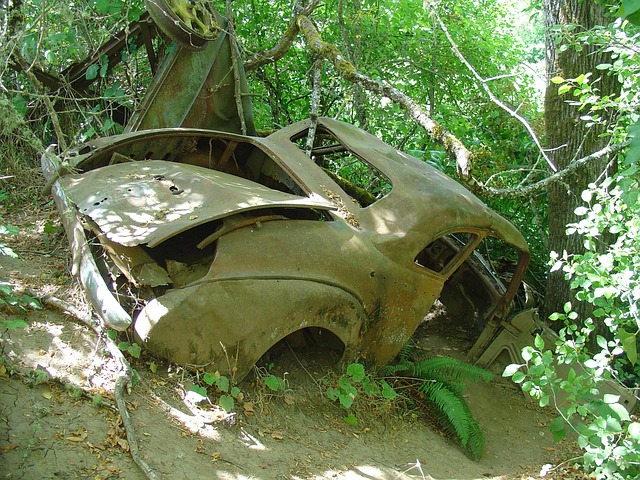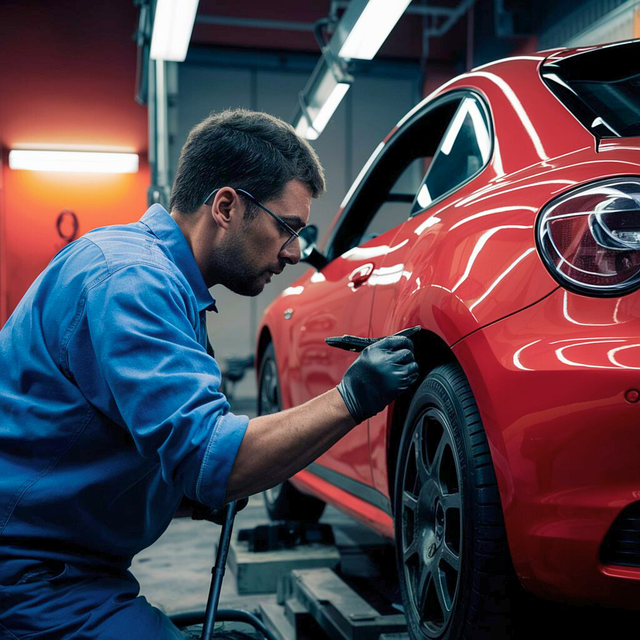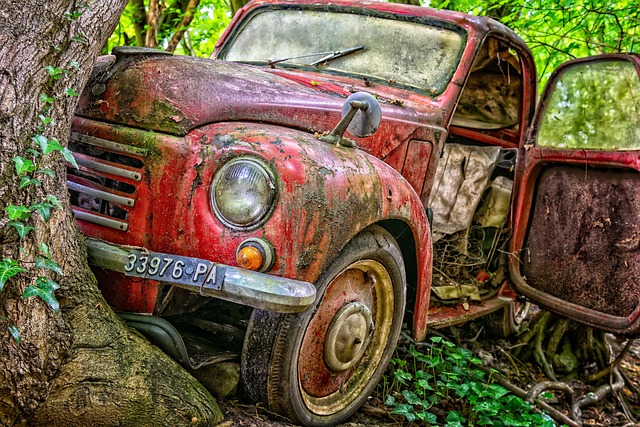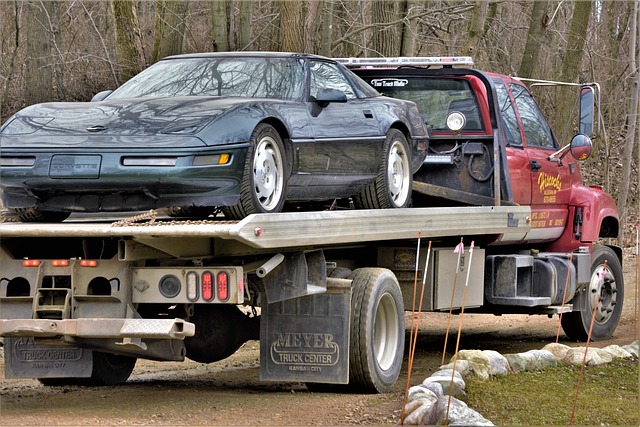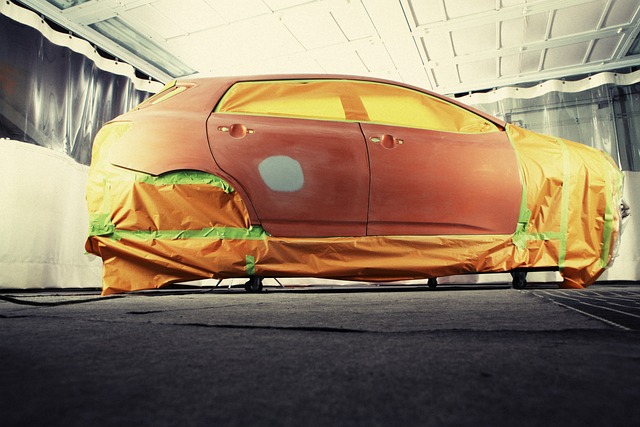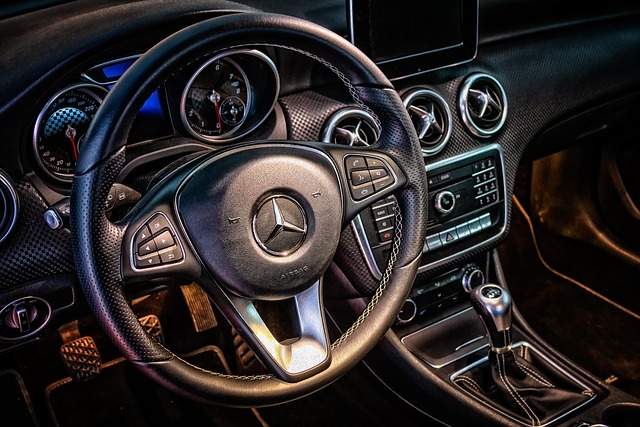Tesla's Dashcam System employs a network of cameras capturing video from diverse angles, enhancing safety and aiding accident investigations. This configuration includes a central dashcam, front, side, and sometimes rear cameras, providing multi-stream video feeds accessible through the infotainment system or compatible apps. Optimizing settings on your Tesla's dashcam is crucial for ensuring high-quality video evidence in case of accidents, with adjustments to resolution, frame rate, and storage options based on driving needs and environment. Regular updates are recommended as car bodywork services evolve and storage capacity should be considered for extended recordings in remote areas.
Unleash the full potential of your Tesla with a deeper understanding of its advanced dashcam system. This comprehensive guide delves into the intricate world of Tesla’s multi-camera video streams, offering a step-by-step breakdown of configuration and optimization. Discover how to harness real-time insights, enhanced safety features, and improved driving experiences through precise dashcam settings adjustments. By mastering Tesla dashcam configuration, you’ll navigate roads with unparalleled confidence and peace of mind.
- Understanding Tesla Dashcam System
- Multi-Camera Video Streams: How They Work
- Configuring and Optimizing Your Tesla's Dashcam Settings
Understanding Tesla Dashcam System

The Tesla Dashcam System is a sophisticated network of cameras designed to capture and record video data from various angles in and around the vehicle. This advanced system plays a pivotal role in enhancing safety, providing critical evidence in case of accidents, and offering a comprehensive view for the driver. The core component is the central dashcam, strategically positioned to record the driver’s perspective, while additional cameras complement this with views from the front, sides, and sometimes even the rear.
Understanding Tesla’s dashcam configuration involves grasping how these cameras work together to create a multi-stream video feed. This data can be accessed through the vehicle’s infotainment system or even remotely via compatible apps. The ability to view and manage these feeds is a game-changer for auto body restoration and car damage repair professionals, as it provides detailed insights into incidents, aiding in accurate assessments and repairs for auto bodywork.
Multi-Camera Video Streams: How They Work

Multi-Camera Video Streams: Unlocking a 360° View with Tesla Dashcam Configuration
Tesla’s advanced dashcam system takes driver safety to new heights by employing a network of multiple cameras, working in harmony to capture a comprehensive view around the vehicle. This multi-camera video stream technology offers a 360° field of vision, providing drivers with an enhanced awareness of their surroundings. Each camera has a specific role, contributing to a cohesive and detailed image, similar to how different senses work together to create a complete perception of our environment.
By integrating these cameras strategically, Tesla ensures that blind spots are eliminated, and critical moments on the road can be captured from various angles. This configuration goes beyond traditional dashcams, offering not just front and rear views but also side and even bird’s-eye perspectives. It’s a driver’s best friend, enabling them to make informed decisions, especially in complex traffic scenarios or during parking maneuvers, where auto frame repair might become less necessary due to improved safety features.
Configuring and Optimizing Your Tesla's Dashcam Settings
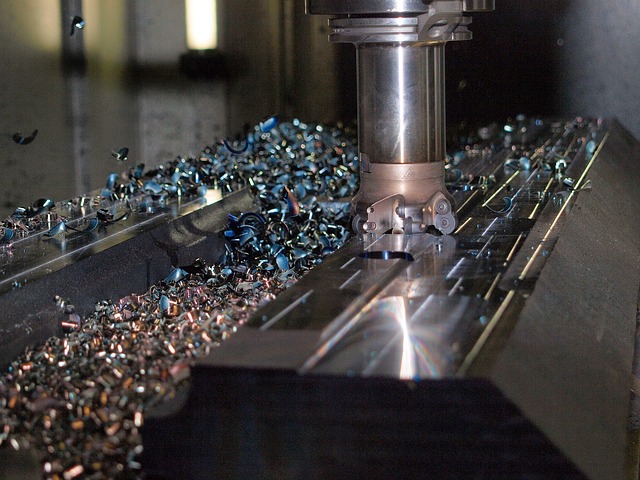
Configuring and optimizing your Tesla’s dashcam settings is a crucial step to ensure you capture high-quality video evidence in case of an automotive collision repair or any unexpected event on the road. Start by accessing the vehicle’s center display, where you’ll find the dashcam settings menu. Here, you can adjust various parameters such as resolution, frame rate, and storage options. Selecting the right settings depends on your needs; for instance, higher resolutions and frame rates offer clearer footage but require more storage space.
Consider your driving environment when optimizing these settings. If you often navigate through challenging conditions or remote areas where auto repair services might be scarce, ensure your dashcam has sufficient storage capacity to record extended periods without interruption. Regularly review and update your configurations to match evolving needs, especially when considering the constant advancements in car bodywork services that enhance vehicle safety and performance.
Tesla’s multi-camera video streaming system offers a comprehensive view of your driving experience, enhancing safety and providing valuable data. By configuring the dashcam settings correctly, you can optimize the quality and coverage of these streams, ensuring a detailed record of your journeys. Through this article, we’ve explored the Tesla dashcam configuration, empowering you to make informed decisions and get the most out of this innovative feature.

